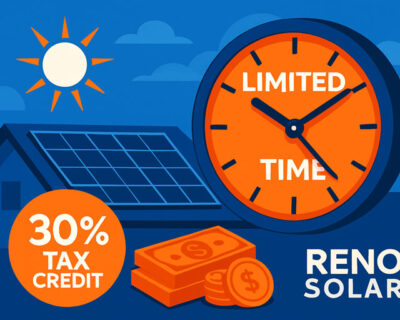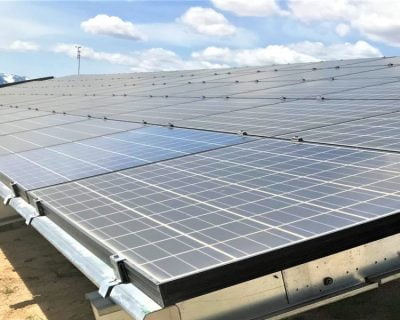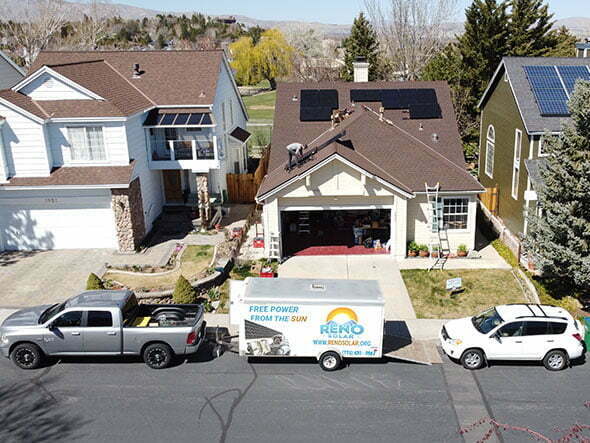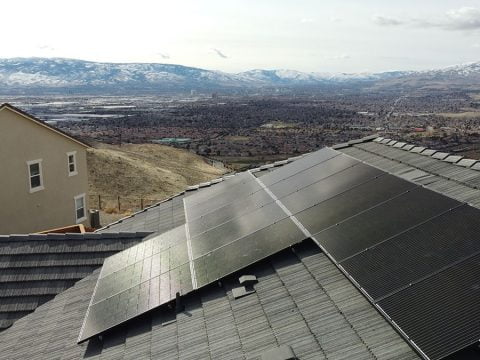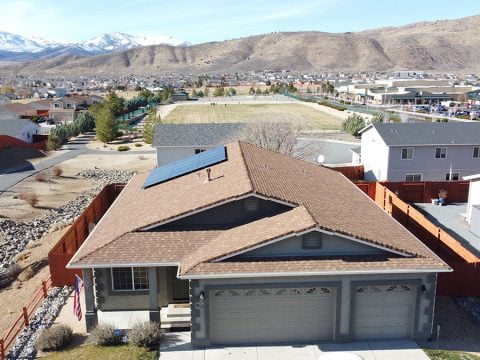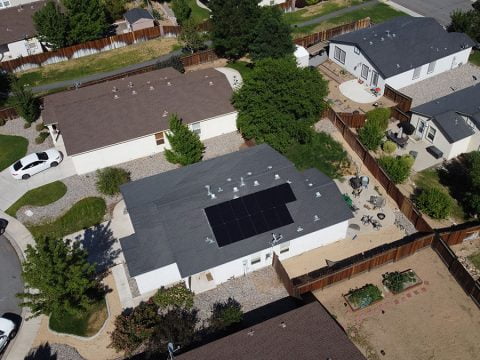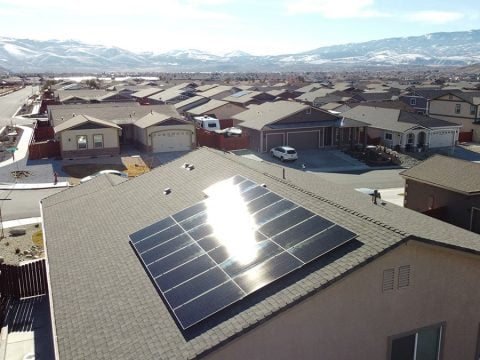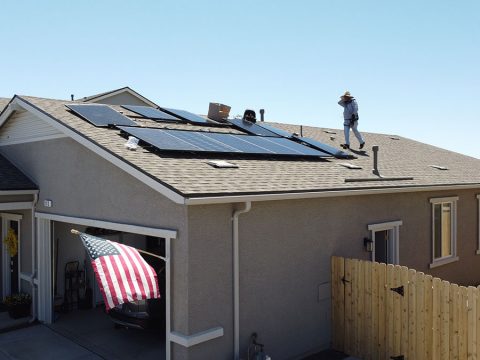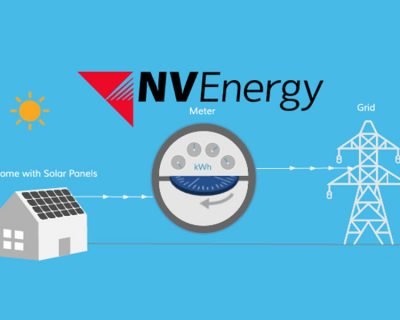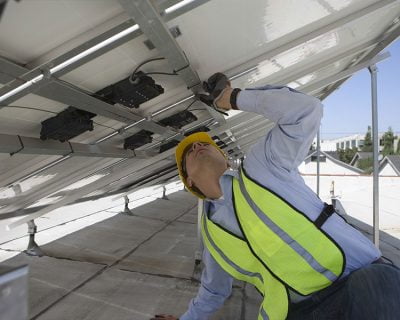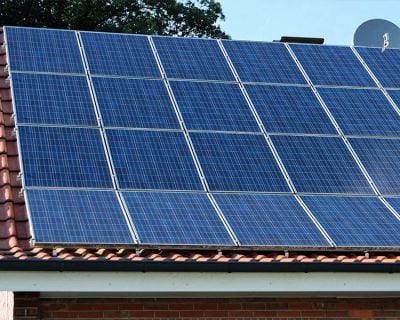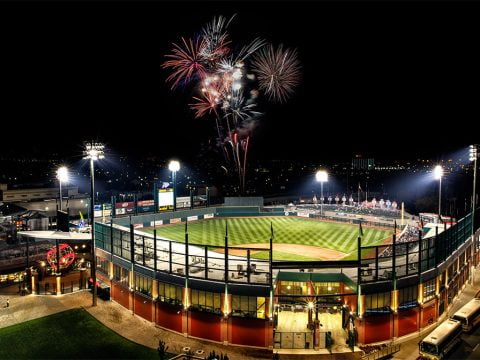
Reno Solar
Here at Reno Solar, we provide much more than solar. We care and invest in our clients and their needs. Every project is customized and designed to fit your home needs and personal requirements.
Reno Solar is the leading solar company in Northern Nevada. We take on all the details to provide and create a seamless, affordable solution that will lower your monthly bill and simultaneously protect the planet.
With over ten years of combined experience from our team members and partners, we serve Reno and Northern Nevada homeowners with the best residential and commercial solar project solutions.
Dedication. Commitment. Beyond Solar.
Our Quote is Guaranteed
Our video
FREQUENTLY ASKED QUESTIONS
What are the different types of solar panels?
There are currently two significant technologies or types of solar panels: silicon solar panels (broken down into monocrystalline and polycrystalline based on how the silicon is processed) and thin-film. Here at Reno Solar, we only use the best panels available in the industry because we take pride in the longevity of our systems. We only use Tier 1 black-on-black panels to keep a sleek and low-profile look on your roof.
How long do solar panels last?
Solar panels and their components are designed to last at least 25-30 years, although several accounts of them lasting much longer. According to NREL, a solar panel will still generate 90% of its original energy output on the 20th anniversary! Here at Reno Solar, you get a 25-year equipment and a 10-year workmanship warranty. It’s a solid, no-risk, and reliable investment in your home.
What kind of maintenance do solar panels need?
Solar panels demand very little to no maintenance in their lifetime. The glass, silicon, and metal components are designed to last year after year, even when exposed to scorching hot sun, rain pouring rain, howling wind, hail, snow, debris, etc. The system does not carry any moving parts, and the panels are sealed and designed to be weather-tight. Nearly all modern panels have a warranty that protects you from material defects and guarantees energy production for 25 years.
That said, the occasional check-up or light sweeping of debris off your panels definitely won’t hurt. In the winter, snow will usually slide off your panels’ smooth surface.
How do solar panels help you save money?
When you install solar panels on your roof, you are using the electricity produced to offset your demands. With the panels hooked up behind the electricity meter, NV Energy is responsible for tracking the amount of solar energy produced and the amount used by your home when the sun isn’t shining.
Did you know that Northern Nevada gets an average of 300 days of sun per year? That means that about 82% of the time, the sun is shining down on your solar panels! This puts us as the 2nd sunniest state in the United States, only behind Arizona.
Here in Nevada, the home’s solar electricity is credited to the homeowner’s utility account on a 1-to-1 basis. This kind of billing is called net metering, which means the homeowner saves the total price for every kilowatt-hour of solar energy they use to offset.
Over the typical 25-year lifespan of a solar installation, the savings of such a system can add up to tens of thousands of dollars more than the initial cost of the system, essentially making the purchase of solar panels an investment, and the energy bill savings like dividends.
Should I wait to install solar until it gets cheaper?
Saving money now is better than saving money later.
First, the incentives: The federal solar tax credit it’s currently at its peak of 30% today. But that is set to phase out in a couple of years.
For the average homeowner, this tax credit currently represents upwards of $6,000 or more in savings on residential solar. We’d say it’s not a good idea to leave $6,000+ on the table.
In some states, the incentives are already disappearing.
Unless you’re explicitly waiting for a new incentive program that may or may not begin, the time to install solar panels is now.
Additionally, the current high demand plus the global economic challenges with inflation and supply chain issues all over the globe are already pushing an increase in the cost of national and imported materials. If you are looking at a good deal now, you might want to lock in before it is too late.


